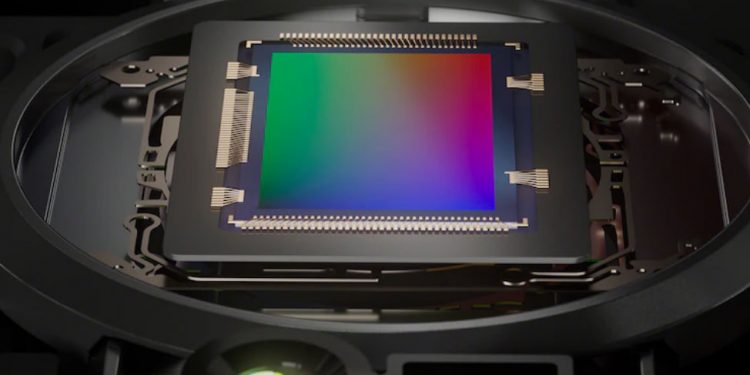The upcoming Xiaomi 12S Ultra will feature a primary camera powered by the 1-inch type Sony IMX989 camera sensor. Previously, the Sony Xperia PRO-I smartphone and a few others also featured a sensor of similar size. Still, the IMX989 is a new sensor “built for smartphones,” and Xiaomi had some design inputs (including financial) according to the Chinese OEM.
We recently named the Xiaomi 12 Pro as one of the best camera-phone of 2022, so you should pay attention to the brand’s upcoming “camera-first” phone.
Previously, the Xperia PRO-I employed a derivative of the 1-inch sensor initially designed for the formidable Sony RX100 VII compact camera. Also, the Xperia PRO-I doesn’t fully utilize the sensor surface (probably because of the optics size and depth limitation). Unfortunately, it defies the point of having a large sensor if you’re using only 12MP instead of the full 24MP.
Sure, the effective 12MP has great pixel size and overall sensor features, but from a semiconductor point of view, a lot of chip die area (and therefore money) is wasted.
And that’s precisely why mobile camera sensor sizes have somewhat stagnated in the past year, after a few years of rapid growth. Despite most marketing claims of “software prowess, “many photographic performance improvements have been driven by camera hardware escalation. That’s precisely why we measure it with our CAMERA HW benchmark.
It’s not to say that software is not essential (it is), but the obvious reason why OEMs keep upgrading the camera hardware is that software can only improve image quality so much. Even Google had to make a colossal camera upgrade in the Pixel 6 to stay competitive despite a reputation for having the best image processing.
Xiaomi is said to have found a way to use the whole sensing surface, perhaps with a redesign of the optics, but we would need further explanations. That’s a simple physical limitation that should be easy to describe without revealing secrets. Until then, I’ll remain skeptical, but I hope it’s true.
Now, how is the Sony IMX989 “made for smartphones”? Without the detailed specifications, it’s hard to say. It might have to do with features expected on mobiles and not very common on larger cameras, such as optimized readout timing for stacked photography.
It could also have something to do with the chip’s packaging that would be more optimized to fit in a phone. You should not have to care about these details, as long as the camera performs to your liking.
The sensor is 16mm in diagonal, prompting some pundits to be puzzled that it’s “not one inch,” but that’s not how exactly how this works. While people say “one-inch” sensor, they should really say “one-inch type sensor.”
The “one-inch” term dates back to the cathode ray tube (CRT) broadcasting days, when broadcasting cameras used a sensing surface within a CRT, and from the outside, the tube’s diameter was 1-inch. Inside, the sensing surface’s diagonal was about 16mm.
However, the industry stuck with the 1-inch terminology until today. Cined has a great explanation if you want more details, but this is not new at all, and I wrote a size converter between inch and mm specifications for our CAMERA HW benchmark a while back.
Filed in . Read more about Cameras, Cmos Sensor and Sony.
Source by www.ubergizmo.com

